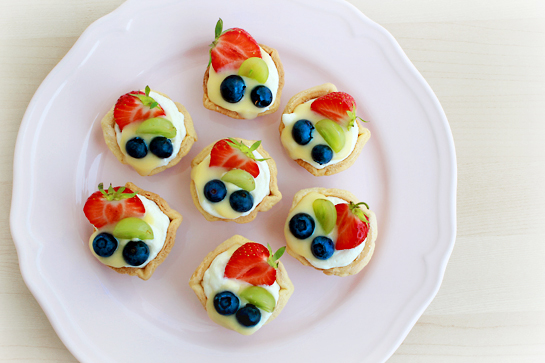I’m in London! I
don’t think I’ve wrapped my head around that yet…
 |
| Some pretty typical sights: Houses of Parliament |
I survived my
ten-hour flight from Richmond to Heathrow, much thanks to my Aunt Suzanne and
grandmother Rhonda. I had jet-lag pills, blankets, pillows, eye shades,
everything I could ever want for a comfortable flight: and I did get some sleep, which is quite an
accomplishment because I have never been able to sleep on planes. My first
sight of Europe was the western coast of Ireland. I could see the seaward
cliffs from the airplane, and the land looked so rich and green, patched with
the huge shadows of clouds up above. The island was bigger than I thought, too.
As we drew closer to London and I looked down, I had that instinctual tug that
something was amiss – and of course, the highways are opposite what I’m used
to! I was excited about this stupid little detail, smiling to myself on the
plane. But I feel like I’ve learned so much about this culture, reading endless
amounts of British literature and watching James Herriot, Miss Marple,
Sherlock, etc. It's a huge deal for me to finally see these things for the first time!
 |
| Big Ben |
Like I said,
it’s hard to wrap my mind around London. Most of the time that I’ve been here
(so far!), it just seems like any other city I've visited, Chicago or New York or Washington DC, perhaps more beautiful and green.
But then little things make me smile to myself. My check for lunch was in pounds sterling! That monument is 3500 years old! This is where Sherlock Homes and James Bond had their adventures (not fictional to me)!
Anyway, when I
arrived at the airport (and was delighted by the ‘way out’ signs), used the
toilet, and went through the customs line, the first uniquely British thing
that struck me was that it was much more quiet. In the restroom, none of the
girls were carrying on conversations between stalls, shouting at children,
talking on their phones, not even ‘excuse me’ or ‘thank you.’ Silence. And it
was wonderful! The hallways and customs lines were also noticeably more silent
than in American airports or public places: there was only hushed conversation
within parties. It was different and very nice!
 |
| the London Eye |
I took the
Underground to my dorm, which is on High Holborn, several blocks from both the
Holborn Station and the LSE campus. I successfully used my chip-and-signature
card in Europe without any problems. And when I stepped down into the tunnel to
catch the train, as soon as I heard the clattering of the rails and the whoosh
of cool air coming down the passageway, I couldn’t help but think of the
Chronicles of Narnia, when the Pevensie children are swept into Narnia by a
passing Underground train. I’m such an nerd. I was also delighted 'please carry dogs' sign when I was getting on the train.
I found my way
to my residence hall (without the help of internet or maps, thank you very
much!) and found that I wouldn’t be able to check in for four more hours.
Immediately next to the hall is a little French café, so I went down for lunch:
delicious watermelon and cucumber juice with chilled gazpacho. Not very British,
but it was actually pretty hot outside. Then, following the recommendation of my Grandpa and Rhonda, I boarded a hop-on, hop-off tour coach around the city. It
was quite an exhaustive trip! After three hours, I had seen all the major
tourist destinations and much more besides. Again, it was difficult to believe
that I was really here, in the UK, in London. Hopefully tomorrow, after I’ve
caught up on my sleep, I can go back and visit some of the more prominent
tourist stops before my class starts.
 |
| St. Paul's Cathedral |
The other students
are still arriving tonight and tomorrow, and I (officially) register for my
class at LSE tomorrow afternoon. I may take the rest of the evening to nap…




.jpg)























